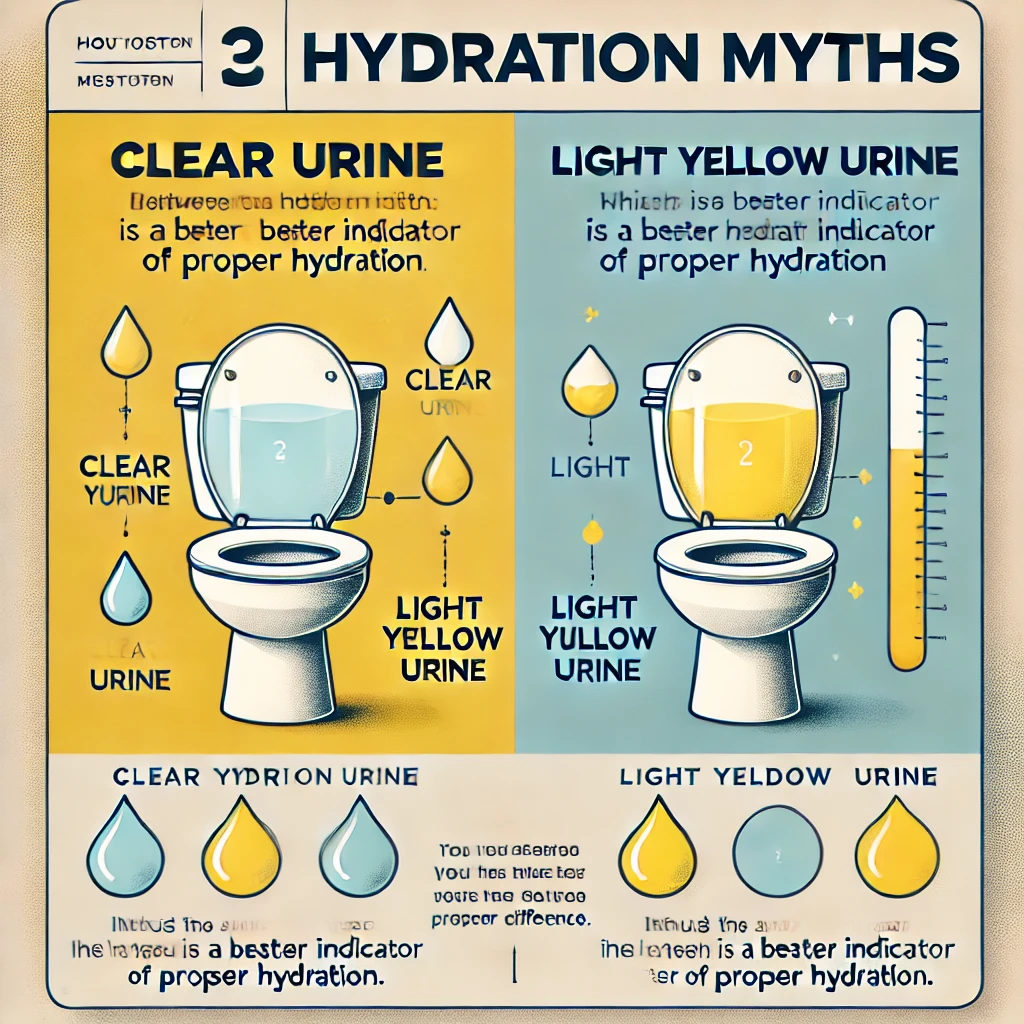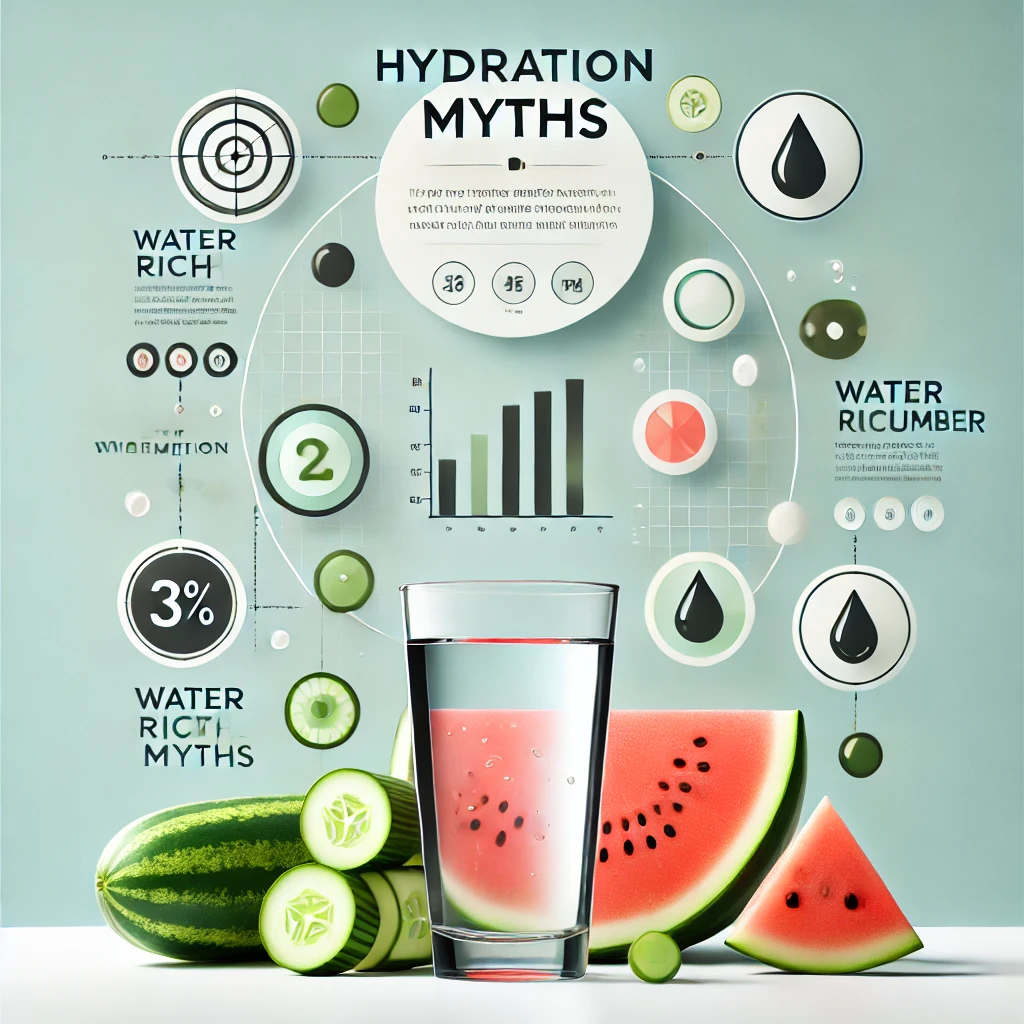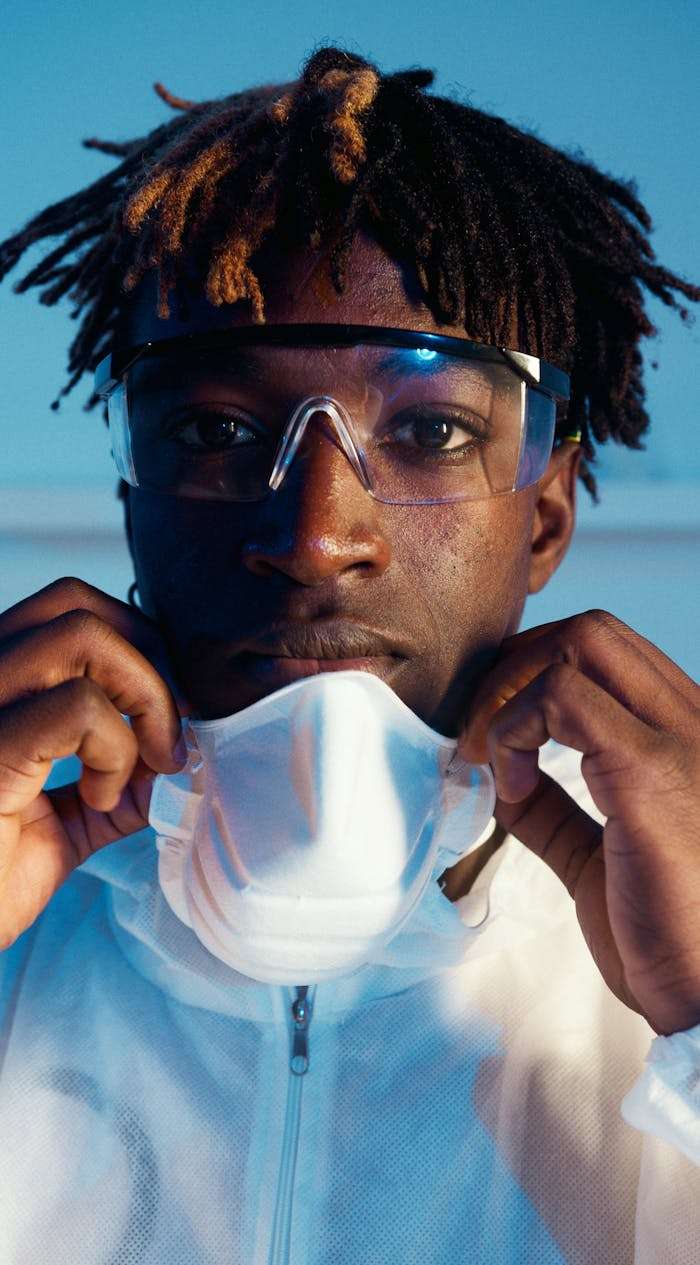Introduction
Water is essential for life, but how much do you really need? The common advice to drink eight glasses a day has been repeated so often that many believe it’s a universal truth. But is it? In this blog, we’ll debunk common hydration myths, provide science-backed recommendations, and help you understand what your body truly needs.
The Truth About Hydration: Do You Really Need 8 Glasses of Water Daily?
One of the biggest hydration myths is that everyone must drink eight 8-ounce glasses of water each day (the “8×8” rule). While staying hydrated is important, this rule isn’t based on strong scientific evidence. Hydration needs vary from person to person, depending on factors such as age, weight, climate, and activity level.
What Does Science Say?
The National Academies of Sciences, Engineering, and Medicine recommends a daily fluid intake of:
- Men: About 3.7 liters (125 ounces) from all beverages and food.
- Women: About 2.7 liters (91 ounces) from all beverages and food.
That means much of your hydration can come from fruits, vegetables, tea, and even coffee.
Learn more from Harvard Medical School.
Myth #1: You Should Only Drink Water to Stay Hydrated
Many people believe that only plain water counts toward hydration, but that’s not true. Your body gets fluids from various sources, including:
- Fruits and Vegetables: Cucumbers, watermelon, oranges, and lettuce are high in water content.
- Coffee and Tea: While caffeinated drinks are diuretics, they still contribute to daily hydration.
- Milk and Juices: These beverages provide both hydration and essential nutrients.
Check out this study by the Mayo Clinic.
Myth #2: Clear Urine Means You’re Well-Hydrated

Many believe that clear urine is a sign of perfect hydration. While pale yellow urine is a good indicator, completely clear urine may mean you’re overhydrating, which can flush out essential minerals from your body.
A better approach is to aim for light yellow urine, similar to the color of lemonade.
Myth #3: Thirst Means You’re Already Dehydrated
A common misconception is that feeling thirsty means you’re already dehydrated. However, thirst is simply your body’s way of telling you it’s time to drink. Mild thirst does not indicate severe dehydration; it’s a natural regulatory mechanism.
The key is to listen to your body and drink water when you feel thirsty.
Myth #4: Drinking Too Much Water is Harmless
While dehydration is dangerous, overhydration (water intoxication) is also a serious risk. Drinking excessive amounts of water can dilute sodium levels in your blood, leading to hyponatremia (low sodium levels), which can cause confusion, headaches, and even seizures.
This condition is rare but can be life-threatening. The best way to avoid it? Drink water in moderation and according to your body’s needs.
Read more from the Cleveland Clinic.
How to Know If You’re Drinking Enough Water
Instead of relying on fixed rules, use these simple hydration indicators:
- Urine Color: Pale yellow is ideal.
- Energy Levels: Dehydration can cause fatigue and headaches.
- Dry Mouth & Skin: A sign that your body needs more fluids.
- Frequency of Urination: Normal urination occurs every 2-4 hours.
If you experience dizziness, extreme fatigue, or dark yellow urine, you might be dehydrated and should increase your fluid intake.
The Role of Electrolytes in Hydration
Drinking water alone is not always enough, especially if you sweat a lot due to exercise or hot weather. Electrolytes like sodium, potassium, and magnesium help maintain proper fluid balance. To stay optimally hydrated, include:
- Coconut water or electrolyte drinks.
- Bananas, avocados, and spinach for potassium.
- Nuts and seeds for magnesium.
Practical Hydration Tips
Want to improve your hydration habits? Follow these simple tips:
- Drink When You’re Thirsty: No need to force yourself to drink excessive amounts.
- Eat Water-Rich Foods: Fruits and veggies contribute significantly to hydration.
- Monitor Your Urine Color: Aim for a light yellow shade.
- Adjust for Activity and Climate: Increase fluid intake during hot weather and exercise.
- Balance Electrolytes: Especially if sweating a lot or drinking large amounts of plain water.
Conclusion
The idea that everyone needs 8 glasses of water a day is a myth. Hydration is highly individual, and your body’s signals are the best guide. Instead of following rigid rules, drink when you’re thirsty, eat hydrating foods, and pay attention to signs of dehydration or overhydration.
By busting these hydration myths, you can stay healthy, energized, and properly hydrated without unnecessary stress.


